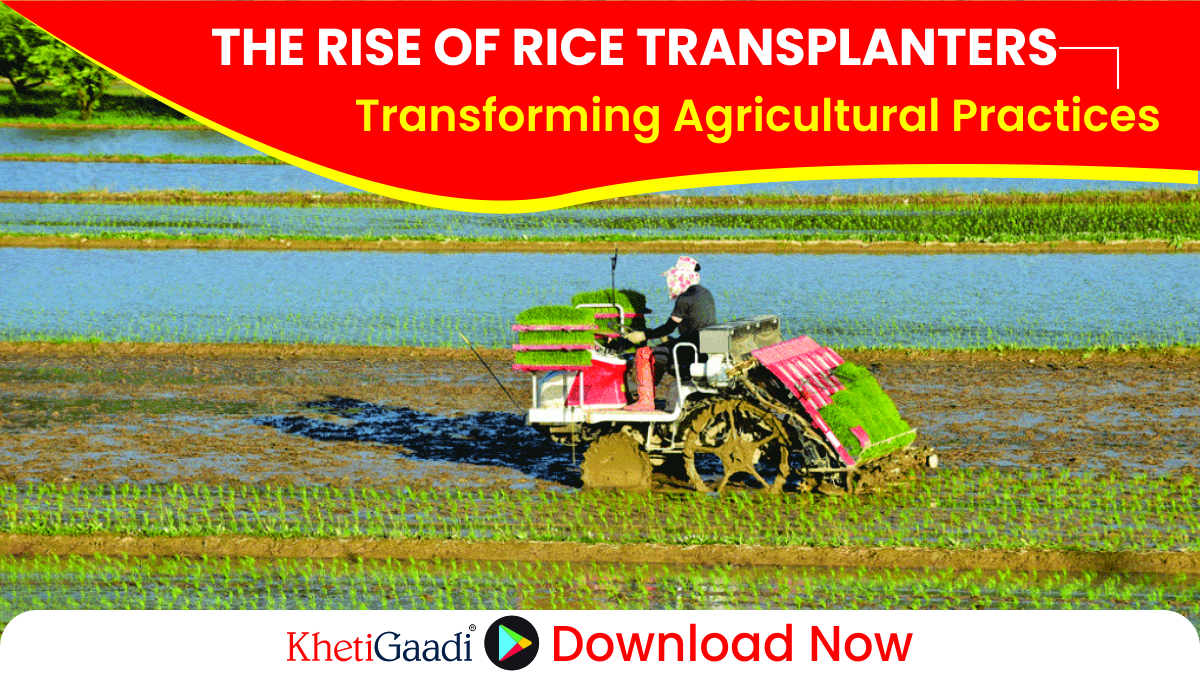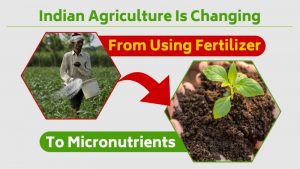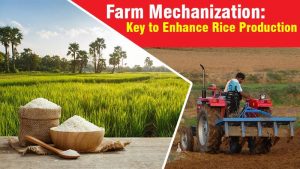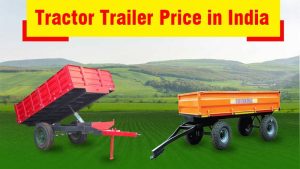Sowing Success: The Emergence of Rice Transplanters Revolutionizing Agricultural Practices

Rice transplanters are agricultural machines that efficiently plant rice seedlings in paddy fields, minimising manual labour. They offer profitability by lowering labour costs, enhancing yields through uniform planting, saving time, and enabling rental income. As traditional farming evolves, these machines are increasingly appealing due to labour shortages and rising costs. However, farmers must assess their farm size, initial investment, and available subsidies to determine the viability of adopting this technology.
To enhance profitability, consider reaching out to Sundaram Finance for support and customised financing options for Tractor and Farm Equipments
Introduction
Rice is a staple food for more than half of the world’s population, making its cultivation critical for food security. In countries like India, China, and Vietnam, traditional methods of rice planting have long been the norm. Manual seedling of rice is vital in many farming communities. While it faces challenges, particularly in terms of labour and efficiency, its benefits—such as cost-effectiveness, precision, and cultural significance—make it an important method for rice cultivation.
Mechanization in rice seedling represents a transformative shift in agricultural practices, enhancing efficiency, productivity, and sustainability. While challenges remain, the benefits of mechanization are driving its adoption among farmers worldwide. By embracing modern technologies and practices, the rice sector can better meet global food demands while supporting the livelihoods of farmers. As mechanization continues to evolve, it will play a crucial role in the future of rice cultivation.
However, the introduction of rice transplanters is revolutionizing this age-old practice, offering farmers a more efficient and sustainable way to cultivate rice.
What is a Rice Transplanter?
A rice transplanter is a machine that automates the process of transplanting rice seedlings from nurseries to flooded fields. It works by picking up seedlings and planting them in rows at a precise depth and spacing, ensuring optimal growth conditions.
Mainly two types:
· Walk Behind – Manually driven, transplant 4 & 6 rows in a single pass

· Ride on type – Power driven, it will cover 6, 8 rows in a single pass

Advantages in Machine transplanting over Manual transplanting
| Manual Transplanting | Machine Transplanting | |
| Manpower | 4 – 15 person | 1 operator + 1 helper |
| Area coverage | 1-2 acres/day | 6-8 acres/day |
| Yield | – | 10-15% more than manual transplantation |
| Water consumption | – | 25-30% less water required for land preparation than for manual transplantation |
| Labour cost | Rs. 1500 – 3000 / acre | Rs. 800-1000 per acre (without nursery only transplanting)Fuel : 4 – 4.5 ltr/acre + transportation + maintenance + 1 operator + 1 helper |
| Transplanting Pattern | uneven | Even |
| Movement in the field, de-weeding & fertilizers | Difficult, because of uneven transplanting | Quick & Easy because of even transplanting |
Benefits of Using Rice Transplanters
1. Increased Efficiency
Unlike manual transplanting, which can be labour-intensive and time-consuming, mechanized transplanting allows farmers to significantly reduce the time spent in the field. Large area can be covered quickly.
2. Labour Reduction
In many regions, labour shortages have become a pressing issue, especially during peak planting seasons. Transplanters minimize the reliance on manual labour, allowing farmers to allocate resources more effectively and maintain productivity.
3. Uniform Planting
Rice transplanters ensure consistent planting depth and spacing, which can lead to healthier plants and higher yields. Uniformity in planting promotes even growth, reducing competition among plants for nutrients and sunlight.
4. Cost-Effectiveness
While the initial investment in a rice transplanter can be high, the long-term savings in labor costs and the potential for increased yields make it a financially sound decision for many farmers. Over time, the cost per hectare decreases as efficiency improves.
5. Sustainability
Rice transplanters can promote sustainable farming practices. By minimizing soil disturbance, they help maintain soil health and reduce erosion. Additionally, more efficient planting can lead to better water management in flooded fields.
Current Usage in India
In India, rice transplanting has traditionally been done by hand, but the trend is shifting towards mechanization. States like Tamilnadu, Andhra Pradesh, Telangana, Punjab, Haryana, and West Bengal are leading the way in adopting rice transplanters. Government initiatives, including subsidies and training programs, are facilitating this transition.
Farmers in these regions are increasingly recognizing the benefits of using transplanters to combat labour shortages and enhance productivity. As awareness grows, the demand for these machines is expected to rise.
Conclusion
The future of rice transplanters in India and globally appears bright. The adoption of rice transplanters marks a significant shift in rice cultivation practices. By improving efficiency, reducing labour requirements, and promoting sustainable farming, these machines are poised to play a crucial role in the future of agriculture. As farmers embrace this technology, they not only enhance their productivity but also contribute to global food security, ensuring that rice remains a reliable staple for generations to come.




